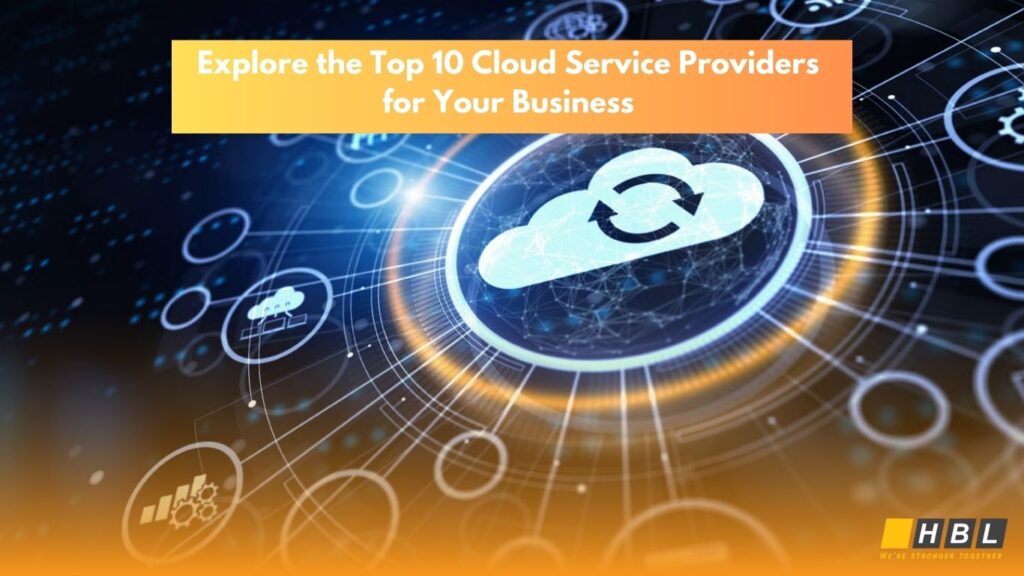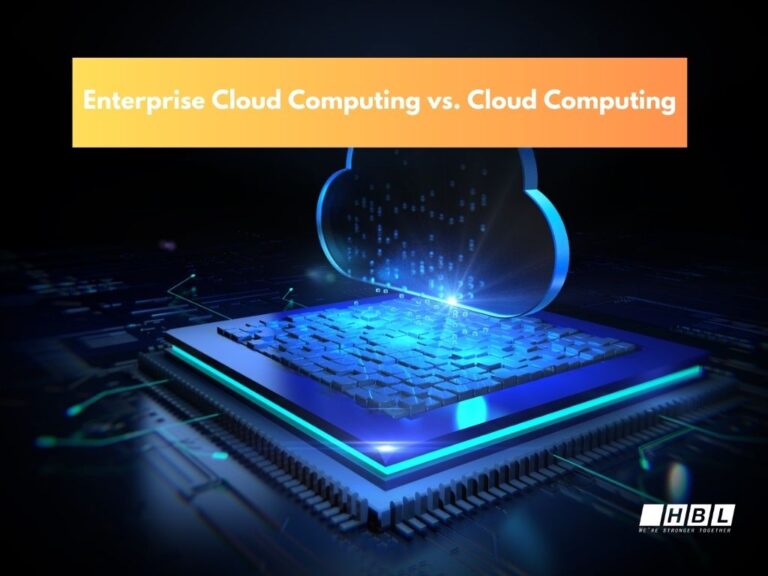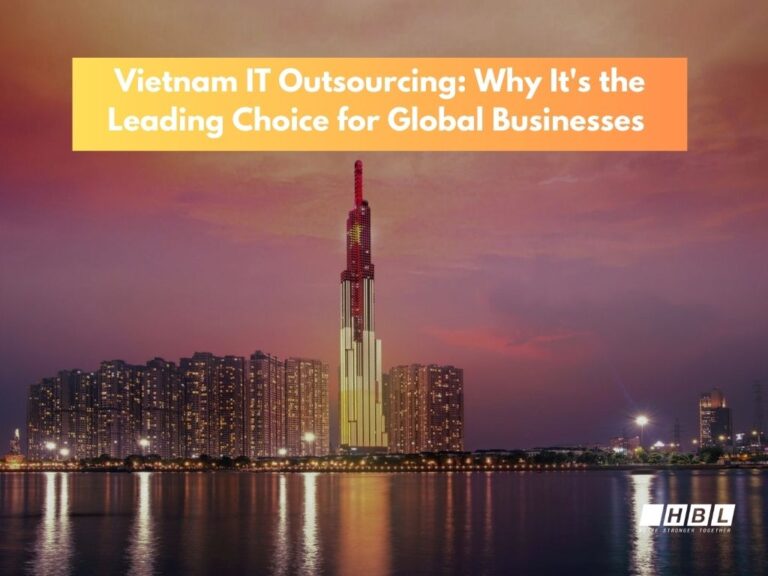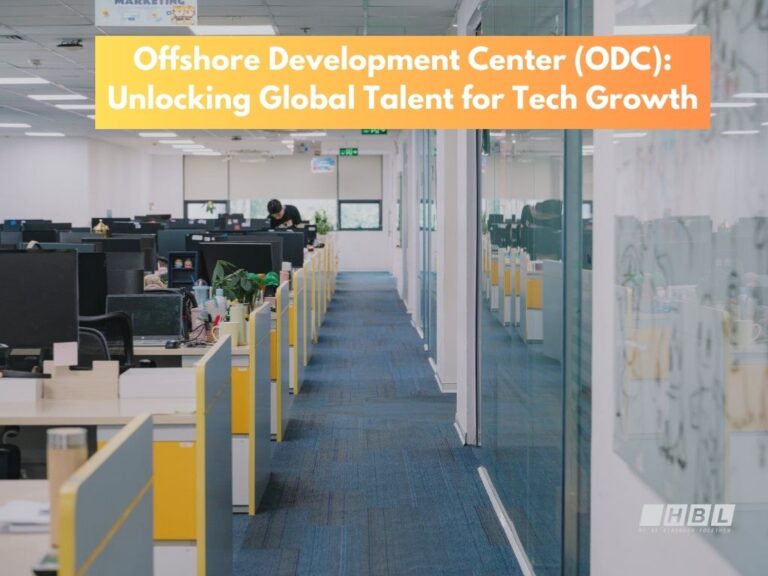As businesses embrace digital transformation, cloud service providers are becoming essential in 2025. This guide helps you understand the landscape, compare top players, and choose the right solution.
What is a Cloud Service?
A cloud service refers to any computing resource delivered over the internet by third-party providers. These services allow businesses and individuals to store data, run applications, and access computing power without owning or managing physical hardware. Instead, cloud providers host and maintain the infrastructure, offering users flexible, on-demand access.

The three main types of cloud services include:
- Infrastructure as a Service (IaaS):
Offers virtual servers, networking, and storage.
Example: AWS EC2, Google Compute Engine - Platform as a Service (PaaS):
Provides a development and deployment platform, removing the need to manage servers.
Example: Azure App Services, Google App Engine - Software as a Service (SaaS):
Delivers ready-to-use software applications over the web.
Example: Salesforce, Microsoft 365
Benefits:
Cloud services empower businesses to scale faster, reduce IT overhead, improve disaster recovery, and accelerate innovation.
Global Cloud Market Landscape in 2025
The cloud computing market in 2025 is projected to surpass $1 trillion, fueled by the ongoing digital transformation, the rise of remote work, and growing demand for AI-driven applications.
Key trends shaping the market:
- AI & ML Integration: Cloud providers are embedding machine learning and AI tools to help businesses analyze data and automate tasks.
- Hybrid and Multi-Cloud Adoption: Enterprises are increasingly using multiple providers to avoid vendor lock-in and increase flexibility.
- Edge Computing Growth: Expansion of edge locations supports real-time processing for IoT, autonomous vehicles, and 5G.
- Sustainability: Green computing practices and energy-efficient data centers are now major differentiators for providers.
Key Factors to Compare Cloud Providers
When choosing a cloud service provider, it’s not just about brand recognition. Consider these five essential criteria to find the right fit for your business needs:
1. Performance & Reliability
Look for providers with consistent uptime, low latency, and auto-scaling capabilities to handle workload spikes.
2. Global Infrastructure
A vast network of data centers and availability zones ensures better speed, data residency options, and compliance with local regulations.
3. Pricing & Billing Models
Understand the pricing structure: on-demand vs. reserved instances, data egress fees, and costs for premium support or advanced features.
4. Security & Compliance
Verify support for data encryption, identity and access management, and compliance with frameworks like GDPR, HIPAA, or ISO 27001.
5. Support & Ease of Use
Evaluate technical support, user interface, training resources, and the developer experience.
Top 10 Cloud Service Providers in 2025
1. Amazon Web Services (AWS)
Advantages:
-
- Market-leading service portfolio with unmatched maturity
- High scalability and reliability across global regions
- Strong partner ecosystem and frequent innovations
- Comprehensive security and compliance framework
- Market-leading service portfolio with unmatched maturity

Suitable For:
Businesses of all sizes, global-scale applications, AI, IoT, and enterprise IT modernization
2. Microsoft Azure
Advantages:
-
- Best-in-class hybrid cloud solutions (Azure Arc)
- Seamless integration with Windows and Microsoft tools
- Strong focus on enterprise compliance and security
- Excellent support for .NET developers
- Best-in-class hybrid cloud solutions (Azure Arc)

Suitable For:
Enterprises using Microsoft infrastructure, hybrid cloud strategies, government and regulated industries
3. Google Cloud Platform (GCP)
Advantages:
-
- Leading in data analytics (BigQuery) and AI/ML (Vertex AI, AutoML)
- Pioneered Kubernetes and containerized environments
- Green cloud infrastructure powered by renewable energy
- Developer-friendly with powerful APIs and CI/CD tools
- Leading in data analytics (BigQuery) and AI/ML (Vertex AI, AutoML)
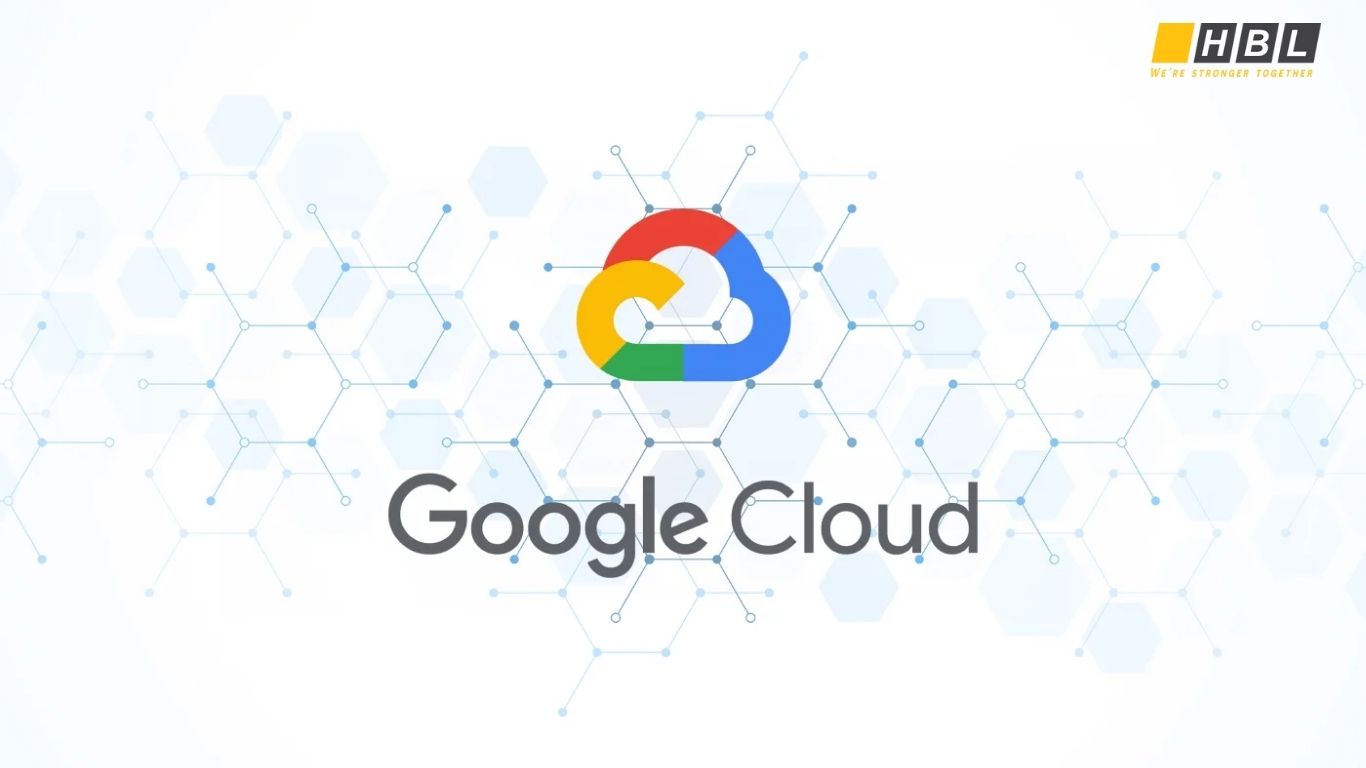
Suitable For:
Data-driven companies, startups building cloud-native apps, machine learning workloads, developers
4. IBM Cloud
Advantages:
-
- Strong hybrid and multicloud capabilities (IBM Cloud Satellite)
- Enterprise focus with compliance in finance, healthcare, and government
- Watson AI and advanced analytics tools
- Enterprise-grade consulting and support
- Strong hybrid and multicloud capabilities (IBM Cloud Satellite)

Suitable For:
Large enterprises, regulated industries, companies with legacy workloads
5. Oracle Cloud Infrastructure (OCI)
Advantages:
-
- Optimized performance for Oracle apps and databases
- Competitive pricing with predictable cost models
- High-performance computing and secure enterprise networking
- Strong SLA guarantees and consistent infrastructure performance
- Optimized performance for Oracle apps and databases
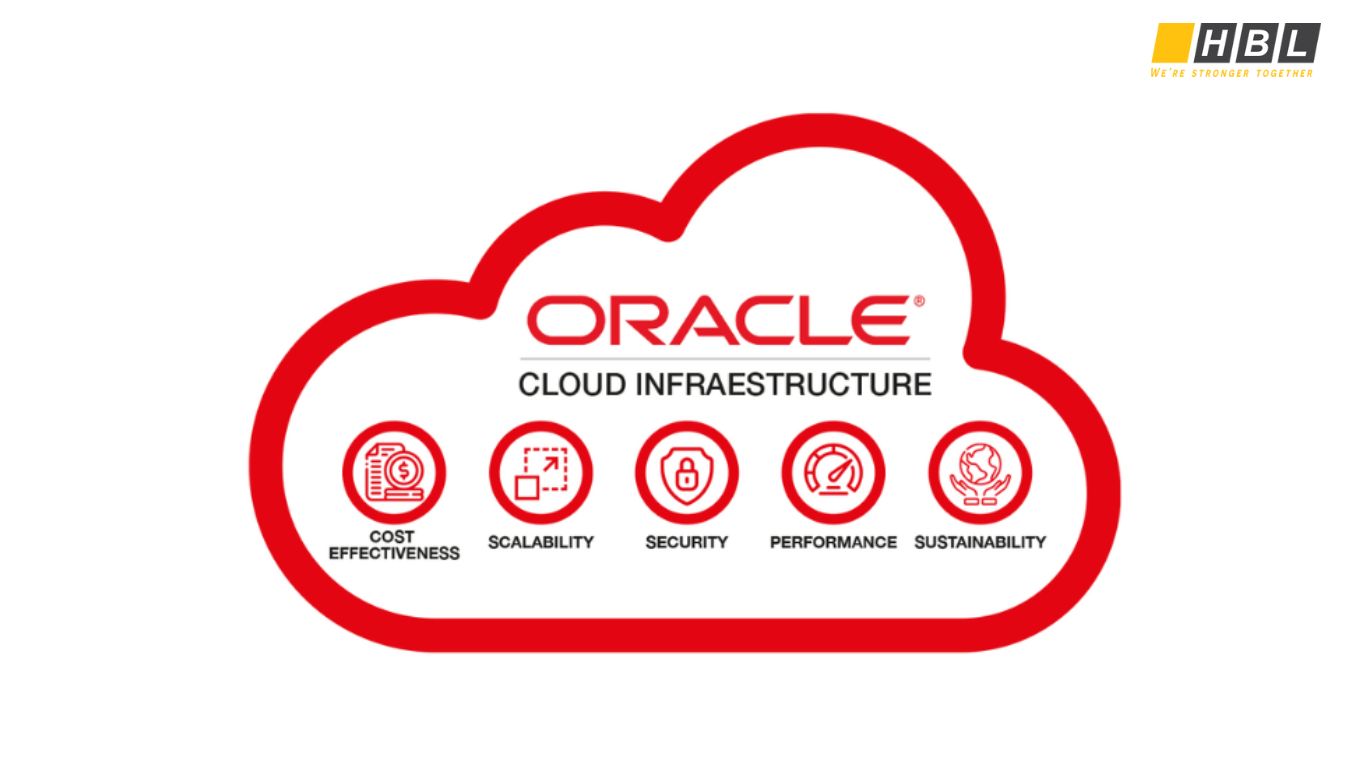
Suitable For:
Enterprises running Oracle systems, mission-critical applications, and high-throughput computing
6. Alibaba Cloud
Advantages:
-
- Leading cloud provider in China and Asia-Pacific
- Comprehensive suite of cloud services similar to AWS
- Deep integration with eCommerce and payment platforms
- Expanding global data center network
- Leading cloud provider in China and Asia-Pacific

Suitable For:
Businesses targeting Asia-Pacific, eCommerce platforms, multinational companies with regional operations
7. Salesforce
Advantages:
-
- Global leader in CRM and customer engagement platforms
- AppExchange ecosystem for easy third-party integrations
- Powerful low-code tools for app development (Lightning Platform
- Embedded AI (Einstein) for smarter customer experiences
- Global leader in CRM and customer engagement platforms

Best For:
Sales, marketing, customer service teams, B2B & B2C enterprises prioritizing CRM
8. Tencent Cloud
Advantages:
-
- Strong presence in China and Southeast Asia
- Tight integration with Tencent’s ecosystem (WeChat, QQ, gaming platforms)
- Competitive regional pricing and expanding international footprint
- Strong presence in China and Southeast Asia
Best For:
Gaming companies, media streaming services, businesses expanding into Asia
9. Huawei Cloud
Advantages:
-
- Expanding rapidly in Asia, Middle East, Latin America
- Strong capabilities in AI, IoT, and edge computing
- Competitive pricing and localized support
- Expanding rapidly in Asia, Middle East, Latin America
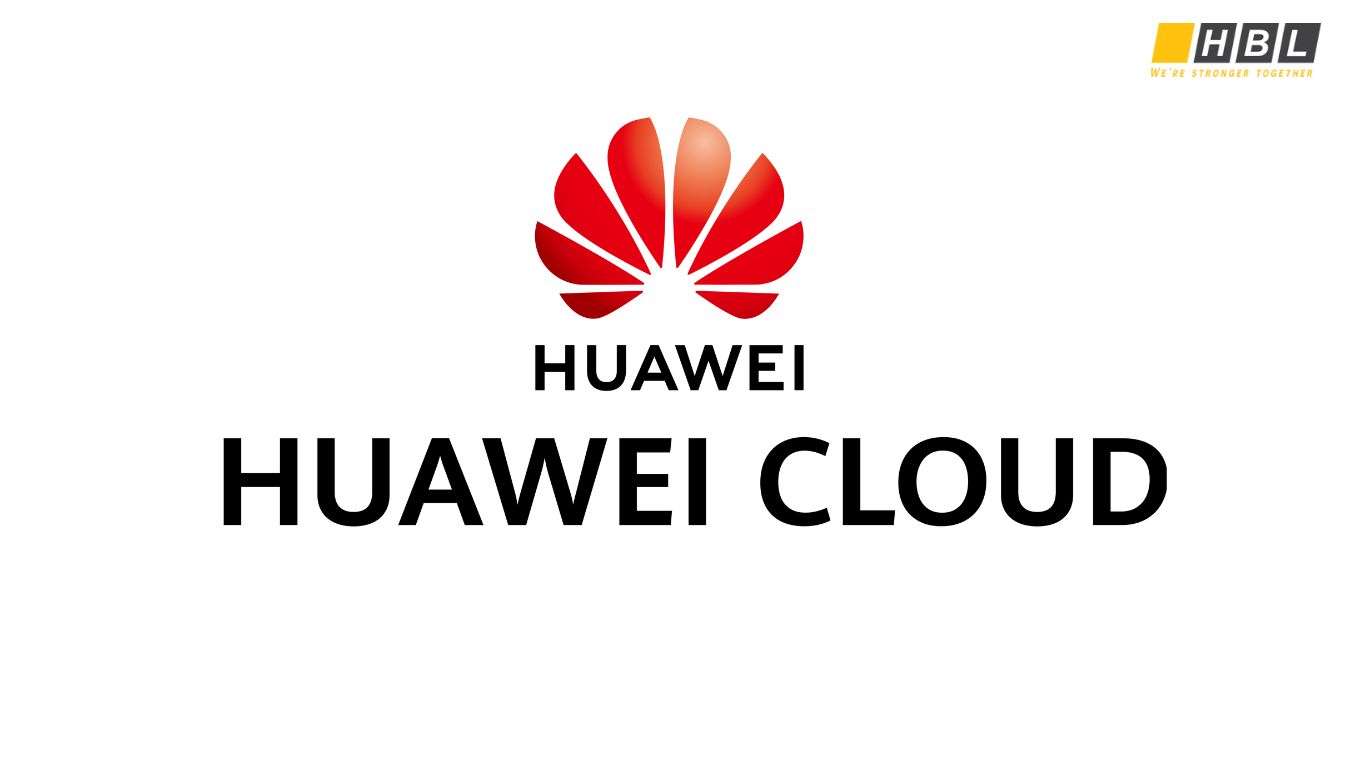
Best For:
Emerging market enterprises, public sector, telco, and industrial innovation
10. DigitalOcean
Advantages:
-
- Simple, developer-focused cloud infrastructure
- Transparent and predictable pricing
- Large library of community resources and tutorials
- Fast setup and user-friendly interface
- Simple, developer-focused cloud infrastructure
Best For:
Startups, small businesses, developers, early-stage SaaS companies
FAQs
Q1: What is the difference between IaaS, PaaS, and SaaS?
- IaaS provides raw infrastructure (servers, storage).
- PaaS offers tools to build and deploy apps.
- SaaS delivers complete applications via browser.
Q2: Which cloud provider is best for small businesses?
DigitalOcean and AWS (via free tier or Lightsail) are great for startups due to affordability and simplicity.
Q3: Is it safe to store sensitive data on the cloud?
Yes, leading providers offer encryption, access control, and compliance with international standards.
Q4: Can I use multiple cloud providers?
Yes, using multiple clouds (multi-cloud strategy) can reduce risk and improve flexibility.
Read more:
What is the Difference Between Enterprise Cloud Computing vs. Cloud Computing?
Most Common Programs for App Development: A Complete Guide for 2025
